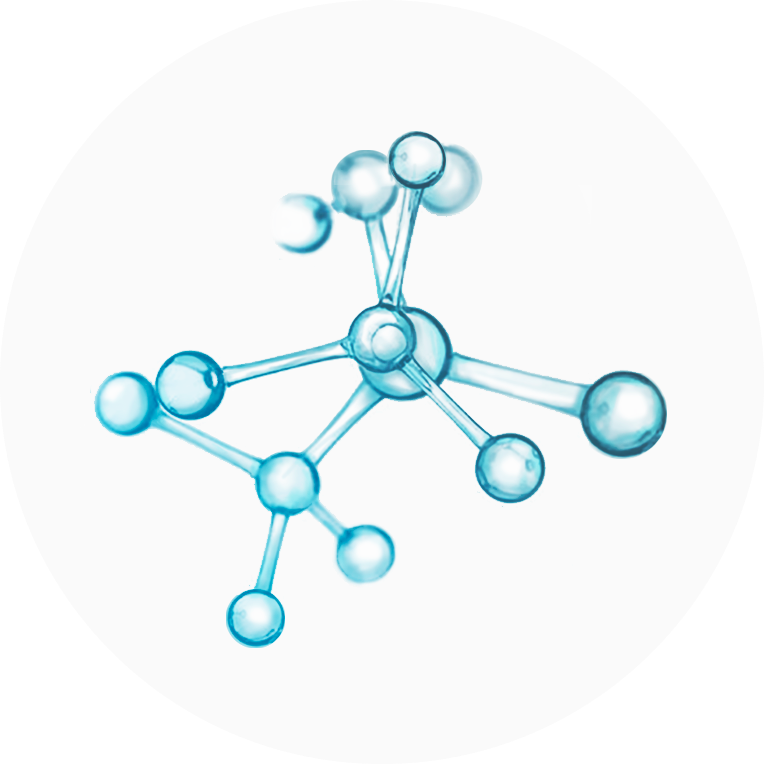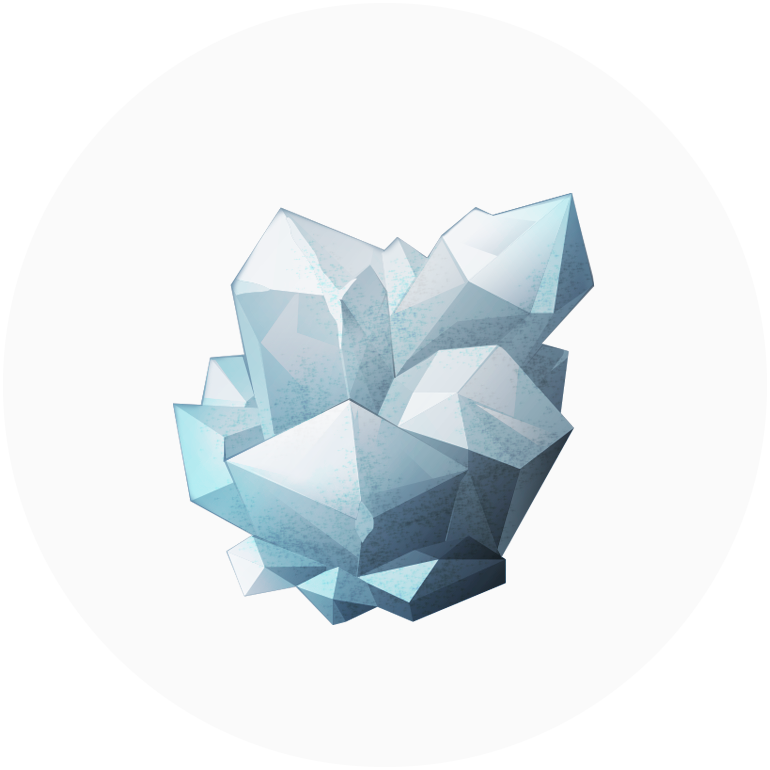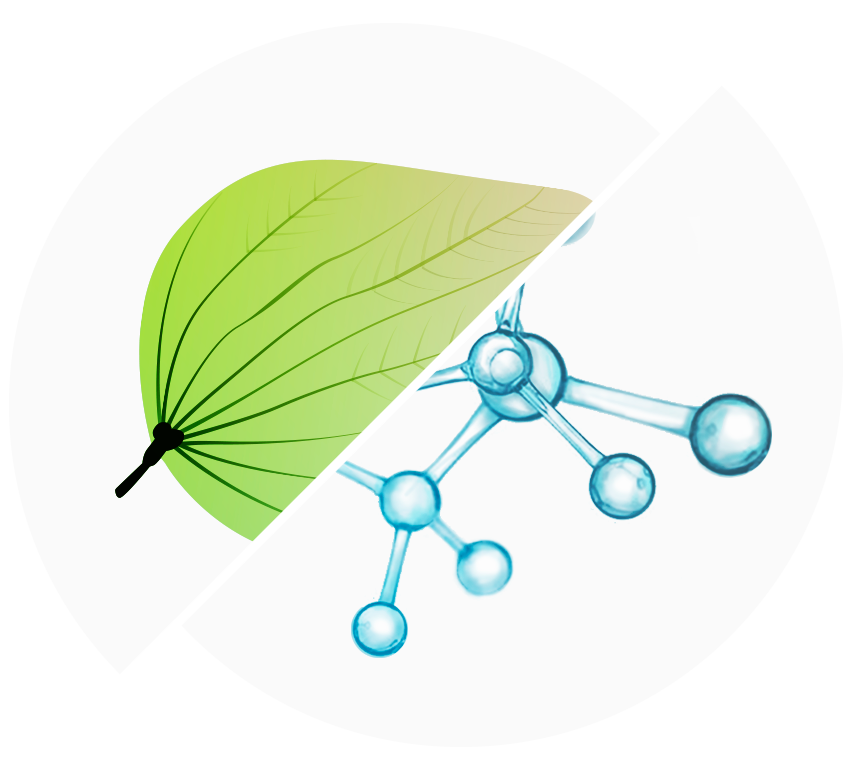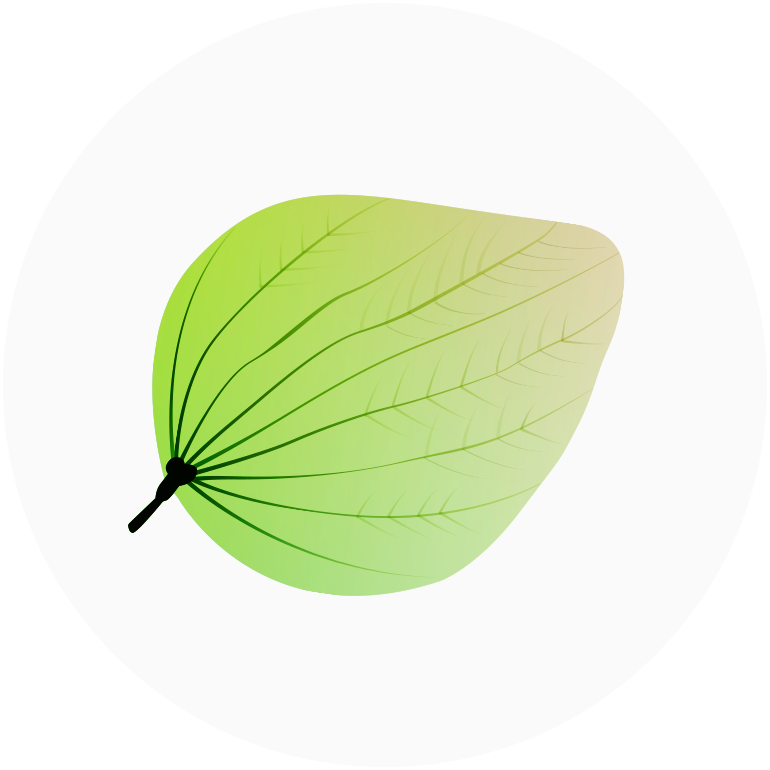No Sun Soin protecteur 100% écrans minéraux - Très haute protection SPF50+
INSTITUT ESTHEDERM
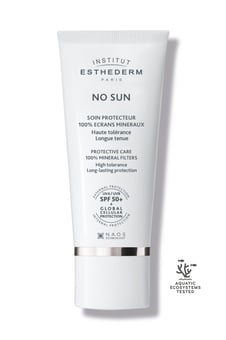
No Sun Soin protecteur 100% écrans minéraux - Très haute protection SPF50+
INSTITUT ESTHEDERM
Institut Esthederm No Sun Soin protecteur 100% écrans minéraux - Très haute protection SPF50+
Suncare Face, Neck, Chest
